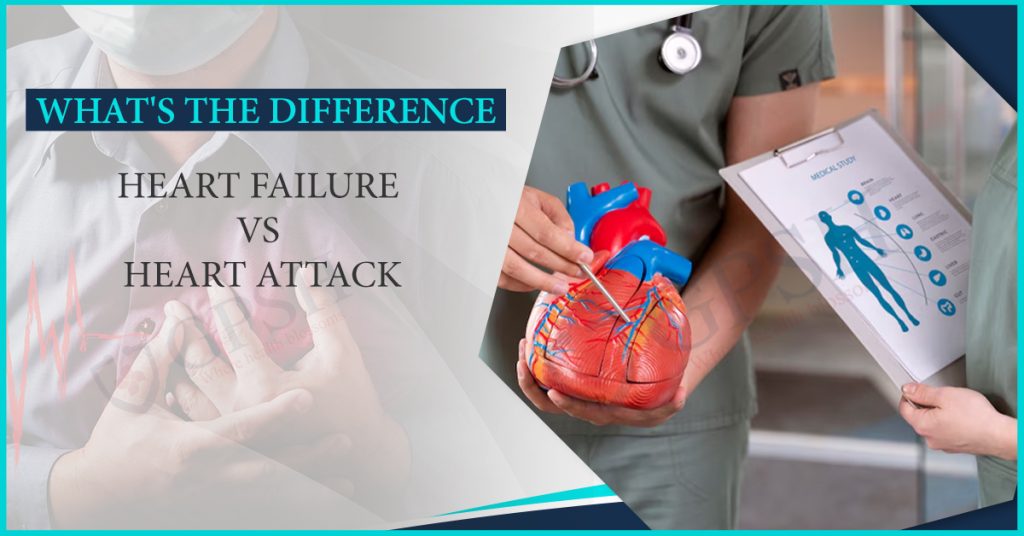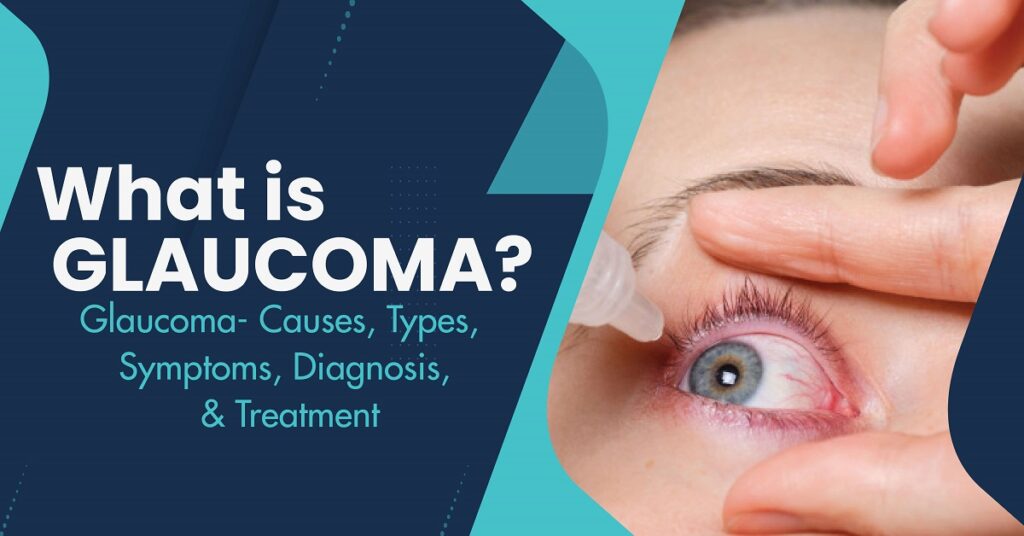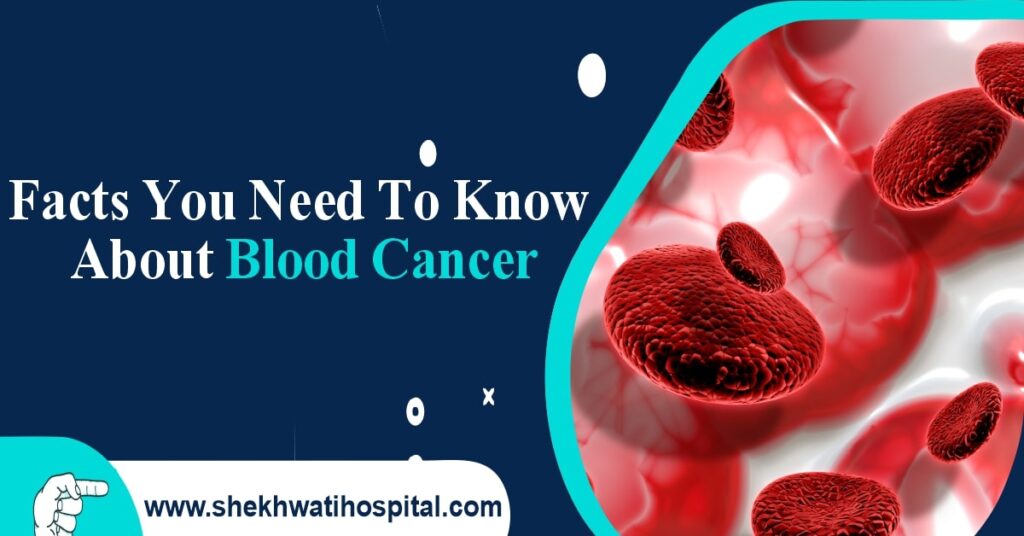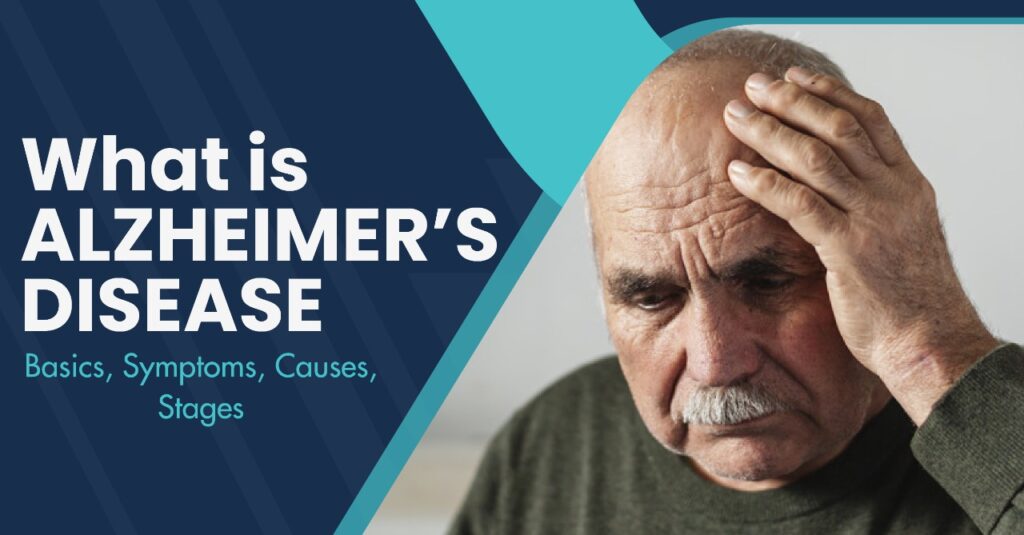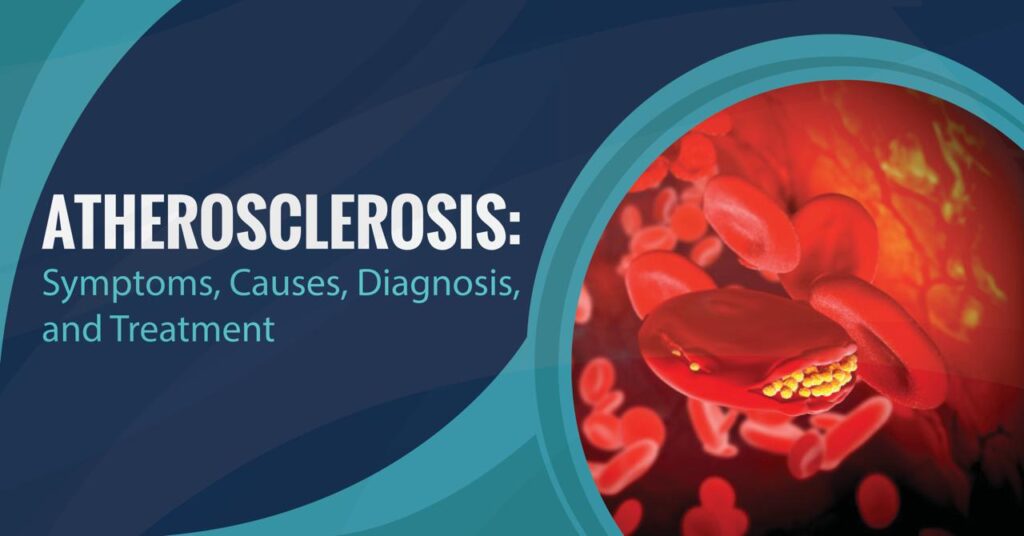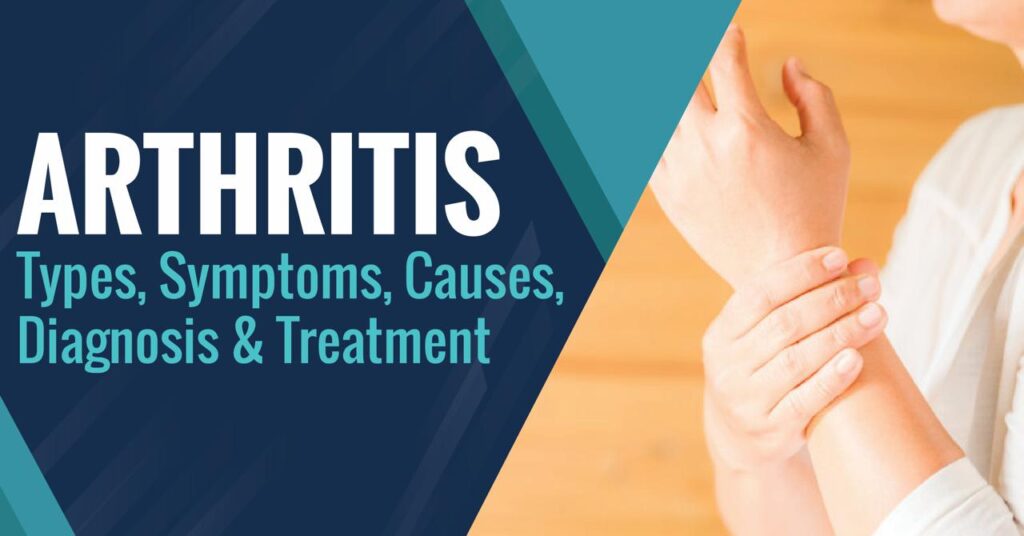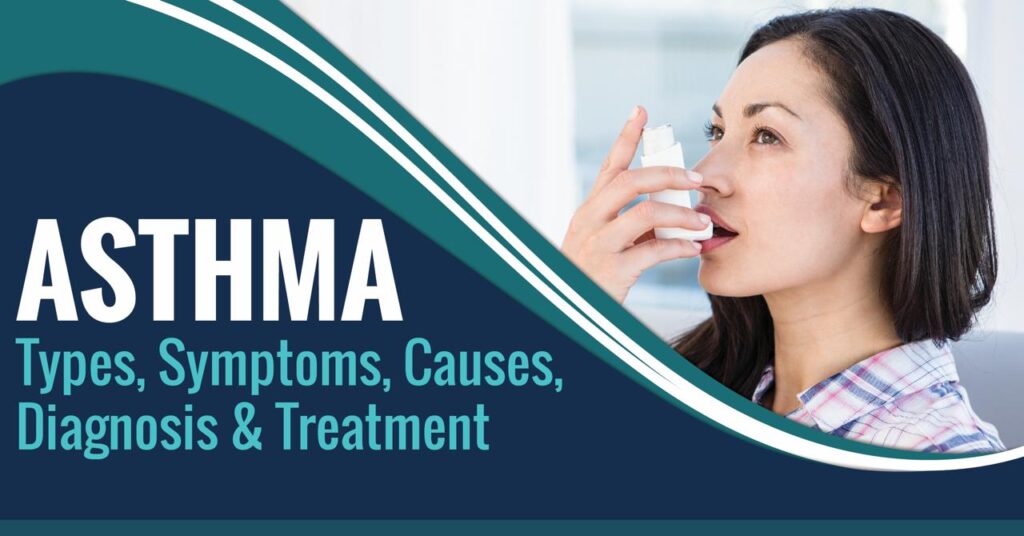Introduction
Heart failure and heart attack are critical cardiovascular conditions that fall under the broader category of heart disease. Heart failure occurs when the heart is unable to pump blood efficiently, leading to insufficient blood flow to meet the body’s needs. In contrast, a heart attack, or myocardial infarction, happens when blood flow to a part of the heart muscle is blocked, causing tissue damage or death. These conditions significantly impact today’s world, contributing to high morbidity and mortality rates globally. With heart disease being a leading cause of death, understanding and addressing these conditions is vital for improving public health outcomes and reducing the burden on healthcare systems.
Heart Attack causes
A heart attack, also known as a myocardial infarction, occurs when the blood flow to a part of the heart muscle is blocked for an extended period, causing damage to the heart muscle. Several factors can contribute to the occurrence of a heart attack:
Common Causes:
- Coronary Artery Disease (CAD): The most common cause, where arteries that supply blood to the heart muscle become hardened and narrowed due to the buildup of cholesterol and other substances (plaque).
- Blood Clot: When a plaque in a coronary artery ruptures, a blood clot can form around it, blocking the blood flow to the heart muscle.
- Spasm of a Coronary Artery: A temporary spasm (tightening) of a coronary artery, which can decrease or cut off blood flow to part of the heart muscle. This can occur in both individuals with or without coronary artery disease.
Less Common Causes:
- Drug Abuse: The use of illicit drugs like cocaine or amphetamines can cause coronary artery spasms.
- Vasculitis: Inflammation of the blood vessels can damage the coronary arteries.
- Aortic Dissection: A tear in the aorta can cause chest pain and may lead to a heart attack.
- Coronary Embolism: A blood clot from another part of the body can travel to the coronary arteries.
Heart Failure causes
Heart failure, also known as congestive heart failure, occurs when the heart muscle is unable to pump blood efficiently, leading to a buildup of fluid in the lungs and other parts of the body. Various factors and underlying conditions can cause or contribute to heart failure:
Common Causes:
- Coronary Artery Disease (CAD): The most common cause, is where the arteries supplying blood to the heart muscle are narrowed or blocked, reducing blood flow and oxygen to the heart.
- High Blood Pressure (Hypertension): Chronic high blood pressure forces the heart to work harder to pump blood, leading to the thickening of the heart muscle and eventually weakening it.
- Heart Attack (Myocardial Infarction): A heart attack can damage the heart muscle, reducing its ability to pump effectively.
- Cardiomyopathy: Diseases of the heart muscle that can be caused by infections, alcohol or drug abuse, genetic factors, or other conditions that weaken the heart muscle.
- Valvular Heart Disease: Malfunctioning heart valves can cause the heart to pump inefficiently, leading to heart failure.
- Arrhythmias: Abnormal heart rhythms can impair the heart’s ability to pump blood effectively.
- Congenital Heart Defects: Structural problems present at birth can place extra strain on the heart and lead to heart failure.
Less Common Causes:
- Infections: Viral infections can damage the heart muscle and lead to heart failure.
- Thyroid Disorders: Both hyperthyroidism and hypothyroidism can contribute to heart failure.
- Sleep Apnea: This can lead to high blood pressure and other heart problems, increasing the risk of heart failure.
- Severe Anemia: Reduces the amount of oxygen carried by the blood, putting extra strain on the heart.
- Pulmonary Embolism: A blood clot in the lungs can cause right-sided heart failure.
- Chemotherapy and Radiation: Certain cancer treatments can damage the heart muscle.
Heart Attack symptoms
Heart attack symptoms can vary widely among individuals, but some common signs are usually present. Recognizing these symptoms quickly is crucial for seeking timely medical intervention, which can save lives and minimize heart damage.
Common Symptoms:
- Chest Pain or Discomfort: Often described as a pressure, tightness, fullness, or squeezing sensation in the center or left side of the chest. This discomfort may last for more than a few minutes or go away and come back.
- Upper Body Pain: Pain or discomfort can radiate to the shoulders, arms (especially the left arm), back, neck, jaw, or stomach.
- Shortness of Breath: This can occur with or without chest discomfort and may feel like a breathless sensation or difficulty in breathing.
- Sweating: Breaking out in a cold sweat, which can be unusual and is often described as clammy skin.
- Nausea or Vomiting: Some people feel nauseous or may even vomit during a heart attack.
- Lightheadedness or Dizziness: Feeling faint, lightheaded, or dizzy, sometimes leading to a loss of consciousness.
- Fatigue: An overwhelming sense of fatigue or tiredness that is not typical for the individual.
Heart Failure Symptoms
Heart failure symptoms can vary based on the severity and type of heart failure. They often develop gradually and may initially be mistaken for other conditions. Recognizing these symptoms is crucial for seeking timely medical intervention.
Common Symptoms:
- Shortness of Breath (Dyspnea): Often occurs during physical activity or while lying down. It can become more severe over time, leading to difficulty breathing even at rest.
- Fatigue and Weakness: Persistent tiredness and a lack of energy, even during routine activities.
- Swelling (Edema): Noticeable swelling in the legs, ankles, feet, or abdomen due to fluid retention.
- Rapid or Irregular Heartbeat: Palpitations or feeling like the heart is racing or throbbing.
- Reduced Ability to Exercise: Decreased endurance and inability to perform physical activities that were once easy.
- Persistent Cough or Wheezing: May produce white or pink blood-tinged mucus, often due to fluid buildup in the lungs (pulmonary edema).
- Increased Need to Urinate at Night (Nocturia): Frequent urination during the night.
- Swelling of the Abdomen: Abdominal bloating and tenderness due to fluid buildup in the liver and intestines.
- Weight Gain: Rapid weight gain due to fluid retention.
Diagnosis of Heart Attack & Heart Failure
Diagnosing a heart attack and heart failure involves a combination of medical history, physical examination, and various diagnostic tests. Here’s an overview of how each condition is typically diagnosed:
Diagnosis of Heart Attack:
● Medical History and Symptoms:
- Patient History: Review of symptoms, medical history, risk factors (such as smoking, high blood pressure, diabetes), and family history of heart disease.
- Symptom Assessment: Detailed description of chest pain or discomfort, shortness of breath, and other associated symptoms.
● Physical Examination:
- Vital Signs: Checking blood pressure, heart rate, and respiratory rate.
- Physical Signs: Examining for signs of heart distress, such as sweating, pale or clammy skin, and irregular heartbeat.
● Electrocardiogram (ECG or EKG):
- Purpose: Measures the electrical activity of the heart and helps detect heart damage or irregularities.
- Indicators: Changes in the ECG pattern can indicate a heart attack.
● Blood Tests:
- Troponin Levels: Elevated levels of troponin proteins are released when the heart muscle is damaged.
- Other Markers: Additional tests for creatine kinase (CK) and myoglobin, can also indicate heart muscle damage.
● Imaging Tests:
- Chest X-ray: To check for heart enlargement, fluid in the lungs, or other abnormalities.
- Echocardiogram: Uses ultrasound waves to create images of the heart, assessing the damage to the heart muscle and function.
- Coronary Angiography: Involves injecting a contrast dye into the coronary arteries and taking X-ray images to identify blockages.
● Additional Tests:
- Cardiac MRI: Provides detailed images of the heart’s structure and function.
- Stress Test: Assesses how the heart functions under physical stress or medication-induced stress.
Diagnosis of Heart Failure:
● Medical History and Symptoms:
- Patient History: Reviewing symptoms, medical history, and risk factors.
- Symptom Assessment: Detailed description of shortness of breath, fatigue, swelling, and other associated symptoms.
● Physical Examination:
- Vital Signs: Checking blood pressure, heart rate, and respiratory rate.
- Physical Signs: Examining for signs of fluid retention, such as swollen legs, ankles, or abdomen, and listening to the heart and lungs.
● Blood Tests:
- B-type Natriuretic Peptide (BNP) or N-terminal Pro-BNP (NT-proBNP): Elevated levels of these peptides indicate heart failure.
- Additional Tests: Tests for kidney function, liver function, thyroid function, and anemia.
● Imaging Tests:
- Chest X-ray: To check for heart enlargement, fluid in the lungs, or other abnormalities.
- Echocardiogram: Uses ultrasound waves to create images of the heart, assessing the size, structure, and function of the heart chambers and valves.
- MRI: Provides detailed images of the heart’s structure and function.
● Electrocardiogram (ECG or EKG):
- Purpose: Measures the electrical activity of the heart to detect abnormalities that might indicate heart failure or underlying conditions.
● Stress Test:
- Purpose: Assesses how the heart functions under physical stress or medication-induced stress.
● Cardiac Catheterization:
- Purpose: Involves inserting a catheter into a heart artery to measure pressures within the heart chambers and to obtain detailed images of the heart’s blood vessels.
● Other Tests:
- Pulmonary Function Tests: Assess lung function, which can be affected by heart failure.
- Sleep Studies: To diagnose sleep apnea, which can contribute to heart failure.
You can read also:- High Cholesterol: Symptoms, Causes and Treatment
Treatment of Heart Attack
Treating a heart attack promptly and effectively is crucial to minimize damage to the heart muscle and improve survival chances. Treatment typically involves emergency medical care, medications, procedures, and lifestyle changes. Here’s an overview of the various treatment approaches:
Emergency Treatment:
● Immediate Response:
- Call Emergency Services: Call emergency services immediately if a heart attack is suspected.
- Aspirin: Chewing an aspirin can help prevent further blood clotting, if not allergic.
- Nitroglycerin: If prescribed, it can help relieve chest pain by dilating blood vessels.
● Emergency Medical Care:
- Oxygen Therapy: To ensure adequate oxygen levels in the blood.
- Pain Relief: Medications like morphine to relieve severe chest pain.
- Thrombolytics (Clot Busters): Medications to dissolve the blood clot blocking the coronary artery, ideally administered within a few hours of symptom onset.
Procedures:
● Percutaneous Coronary Intervention (PCI):
- Angioplasty and Stenting: A catheter with a balloon is used to open the blocked artery, and a stent is placed to keep it open.
● Coronary Artery Bypass Grafting (CABG):
- Bypass Surgery: A surgical procedure that creates a new pathway for blood to flow to the heart by bypassing the blocked artery.
Post-Heart Attack Care:
● Cardiac Rehabilitation:
- A structured program of exercise, education, and counseling to help patients recover and improve their heart health.
● Lifestyle Changes:
- Diet: Adopting a heart-healthy diet low in saturated fats, cholesterol, and sodium.
- Exercise: Regular physical activity to strengthen the heart.
- Smoking Cessation: Quitting smoking to improve heart and overall health.
- Stress Management: Techniques such as meditation, yoga, or counseling to reduce stress.
● Follow-up Care:
- Regular Check-ups: Monitoring heart health and managing risk factors.
- Medication Adherence: Ensuring continued use of prescribed medications to prevent future heart attacks.
You can read also:- The Importance of Regular Exercise: How It Benefits Body and Mind
Treatment of Heart Failure
Treating heart failure involves a combination of medications, lifestyle changes, and sometimes surgical procedures to manage symptoms, improve quality of life, and slow disease progression. Here’s an overview of the various treatment approaches:
Surgical and Device-Based Treatments:
● Implantable Cardioverter-Defibrillators (ICDs):
- Purpose: To prevent sudden cardiac death by correcting life-threatening arrhythmias.
● Cardiac Resynchronization Therapy (CRT):
- Purpose: To improve the heart’s efficiency by coordinating the contractions of the heart’s chambers.
● Left Ventricular Assist Devices (LVADs):
- Purpose: Mechanical pumps that help the heart pump blood, used in severe cases or as a bridge to heart transplantation.
● Heart Transplant:
- Purpose: Considered in end-stage heart failure when other treatments are no longer effective.
Ongoing Monitoring and Care:
● Regular Check-ups:
- Frequent Monitoring: Regular visits to a healthcare provider to monitor heart function and adjust treatments as needed.
● Managing Comorbidities:
- Treatment of Underlying Conditions: Managing conditions like diabetes, hypertension, and coronary artery disease that can worsen heart failure.
Lifestyle Changes:
● Diet:
- Low-Sodium Diet: Reducing salt intake helps prevent fluid retention.
- Balanced Diet: Emphasizing fruits, vegetables, whole grains, and lean proteins.
● Exercise:
- Regular Physical Activity: Tailored to individual capacity, helps improve heart function and overall health.
- Cardiac Rehabilitation: A supervised program that includes exercise, education, and support.
● Weight Management:
- Maintaining a Healthy Weight: Helps reduce the burden on the heart.
● Fluid Management:
- Limiting Fluid Intake: To prevent fluid overload, especially in severe cases of heart failure.
● Smoking Cessation:
- Quitting Smoking: Significantly improves heart health and overall well-being.
● Alcohol Limitation:
- Moderate Alcohol Intake: Reducing or avoiding alcohol to prevent further heart damage.
● Stress Management:
- Reducing Stress: Techniques such as meditation, yoga, or counseling to manage stress effectively.
Conclusion
Heart failure and heart attacks are serious cardiovascular conditions requiring prompt recognition, treatment, and ongoing management. Raising awareness of symptoms, risk factors, and preventive measures is crucial. For heart attacks, immediate emergency response, including calling for help and administering aspirin, can save lives. Treatment includes medications and procedures like angioplasty. Heart failure management involves medications, lifestyle changes, and sometimes surgical interventions. Regular check-ups and managing other health conditions are vital. Education on heart health, recognizing early signs, and maintaining a healthy lifestyle are essential for preventing and effectively managing these conditions.


